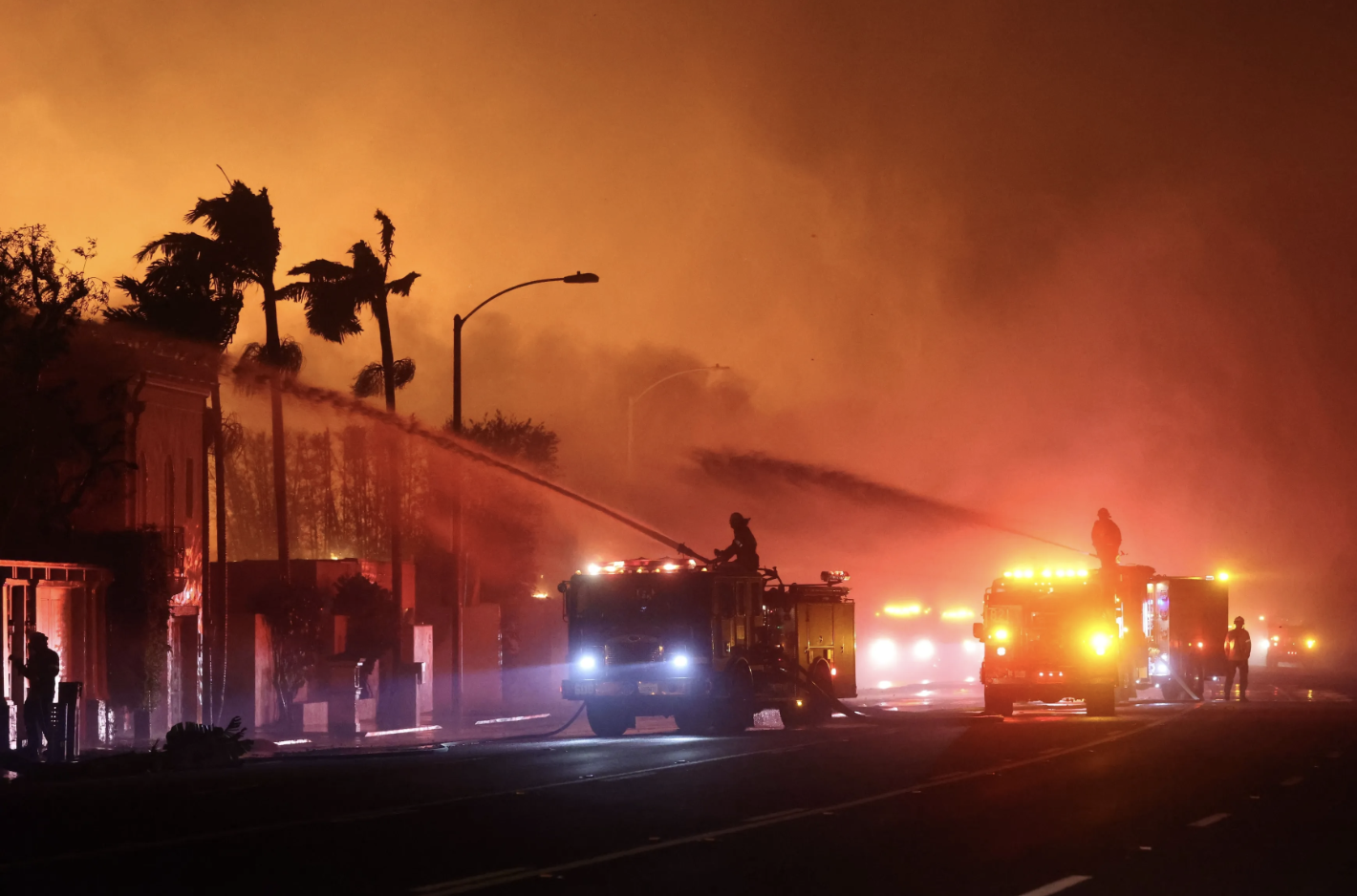Dr. Rachel J.C. Fu, Chair & Professor of Dept. of Tourism, Hospitality and Event | Director of the Eric Friedheim Tourism Institute at the University of Florida
Tourism thrives where trust lives. A destination's image shaped by perceptions of safety, cleanliness, and livability, is central to travelers' decisions. While crime rates, shooting incidents, and visible cleanliness influence public narratives, a destination’s ability to respond with resilience, collaboration, and long-term strategic planning can redefine its trajectory. This editorial offers a forward-looking perspective: one that emphasizes the collective power of communities, governments, and industries to transform city images and offer visitors safer, more welcoming, and rejuvenating spaces to explore and return to.
The Perception Gap: Crime, Cleanliness, and the Tourist Mindset
Tourists choose destinations not only for attractions but for the overall experience, which begins the moment they consider a place and extends far beyond the trip itself. In recent years, media coverage of gun violence, public safety concerns, and environmental neglect has raised alarms for many U.S. cities and global destinations alike. Even a few high-profile incidents can erode decades of brand-building and influence travelers to reroute their plans.
Yet perception is malleable, and through intentional action, destinations can change the narrative.
Tourism as a Catalyst for Safety and Cleanliness
Cities and destinations around the world have proven that investments in safety and environmental care are not only public service imperatives, and they are growth strategies for tourism and economic development. When tourists feel safe walking downtown streets, visiting local parks, or taking public transportation, they engage more deeply with communities. When streets are clean, green spaces are maintained, and air and water quality are prioritized, destinations are not only more beautiful but they are more livable and more marketable.
In fact, tourists become vocal ambassadors of positive change when they encounter a city that feels not only exciting but secure and cared for. Their social media posts, reviews, and personal recommendations carry the power to reshape reputations and inspire new waves of visitation.
A Strategic Call for Collective Action
To build a resilient and appealing destination image, a strategic, multi-sectoral approach is essential. Below are key strategies that cities, tourism boards, community organizations, law enforcement, and residents can jointly pursue:
Cross-Sector Collaboration and Data Sharing
Tourism boards, public safety officials, and local governments should maintain open lines of communication, sharing real-time data on safety improvements, crime prevention efforts, and environmental progress. Transparency builds trust with both residents and visitors. Coordinated messaging—backed by facts—can help control narratives and highlight areas of improvement.
Visible, Community-Focused Safety Initiatives
Investing in community policing, ambassador programs, and well-trained hospitality liaisons can enhance the visible presence of safety personnel in a non-intimidating way. When tourists see smiling, knowledgeable personnel in hotels, public areas, and visitor centers, they feel both welcomed and protected.
Environmental Beautification and Urban Renewal
Cleanliness is more than aesthetics—it signals care. Strategic urban investments in street cleaning, green spaces, sustainable infrastructure, and waste management elevate a city’s image. Public art installations, pedestrian-friendly walkways, and outdoor lighting projects also contribute to a perception of safety and vibrancy.
Media Partnerships and Narrative Reframing
Local and national media play a significant role in shaping public perceptions. Cities can proactively partner with media outlets to highlight positive stories, new initiatives, and testimonials from travelers who have had safe and enriching experiences. Video storytelling, influencer partnerships, and destination branding campaigns that center authentic, uplifting voices can shift perspectives.
Community Inclusion and Empowerment
The most sustainable improvements happen when local communities are engaged as partners. Cities should invest in youth programs, workforce development in tourism and hospitality, and inclusive public forums. When residents feel proud of their neighborhoods, they become natural advocates for their destination.
Preparedness, Crisis Communication, and Visitor Education
While safety cannot be guaranteed, preparedness is reassuring. Emergency plans, responsive crisis communication systems, and visitor education campaigns (including signage, mobile apps, and multilingual resources) all contribute to a sense of readiness and care.
Conclusion: From Challenge to Opportunity
Safety and cleanliness are not just features—they reflect a city's respect for its people, spaces, and guests. Rather than be defined by the past, destinations can lead with action, investing in strategies that foster safety, pride, and visitor trust.
Tourism unites people across cultures and generations. By prioritizing collaboration and well-being, cities can drive shared growth and lasting community impact. Let’s move beyond headlines toward a future where every traveler feels safe and every resident feels proud. With hope and commitment, we can create destinations where people, purpose, and place shine together.
April 18, 2025
[Image Credit: Getty Image]






















